Covering an area of more than 1 million km², the Arafura and Timor Seas (ATS) region is especially rich in marine biodiversity and is home to a vast array of sea creatures. Sustainability of marine ecosystem services is therefore essential, not only to the conservation of migratory marine species and their critical habitats, but also to the food sources and livelihoods of coastal communities living in the region.
With this concern in mind, four countries that border the ATS region—namely Australia, Indonesia, Papua New Guinea, and Timor-Leste—have recently endorsed a Marine Protected Area (MPA) network design that aims to support the health and welfare of their waters and coastal communities.
An MPA has a variety of administrative objectives, ranging from limiting human activity to complete protection, or establishing “no-take zones” where no natural resource extraction is permitted. MPAs serve as a powerful conservation and management tool for addressing local threats, while also increasing fisheries productivity, protecting biodiversity and building resilience to climate change. The ATS region supports foraging and migration for various rare and threatened sea turtle species. Cognizant of this fact, littoral nations in the region are taking action to incorporate sea turtle protection and reproduction into their MPA network design. As of 2020, MPA coverage in the ATS region was equal to 265,324.49 km² spanning four countries. In the coming years, a total of 6,263.79 km² in new MPAs is planned for Indonesia and Timor-Leste. This endorsement serves as a guidance for establishing new MPAs in the future.
Australia’s National Representative System of Marine Protected Areas (made up of Australian, state and territory government marine parks) covers 45% of Australian waters, or around 4 million km². This national system includes coastal and offshore marine parks in the ATS region that are helping to protect and conserve the biodiversity of the Arafura and Timor Seas and ensure the use of marine resources is ecologically sustainable.
Continue reading on Tatoli


